History of Spring Hill Farm
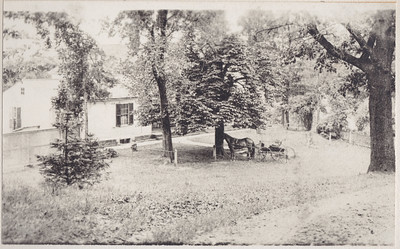
The Rotches (pronounced Roaches) moved to Ohio in 1811 and founded the village of Kendal (current Northeast Massillon), named after the Medieval textile woolen center of Kendall, Cumbria, England. They assisted settlements and settlers in Stark County, helped found libraries, and established schools. The Rotches also worked as members of the Quaker Indian Affairs Committee and were an active part of the abolitionist movement. Their house was used as a station on the Underground Railroad for several decades. After the Rotches passed away, the house was purchased from the Rotch heirs by the family’s long-time friend and farmhand Arvine Wales.
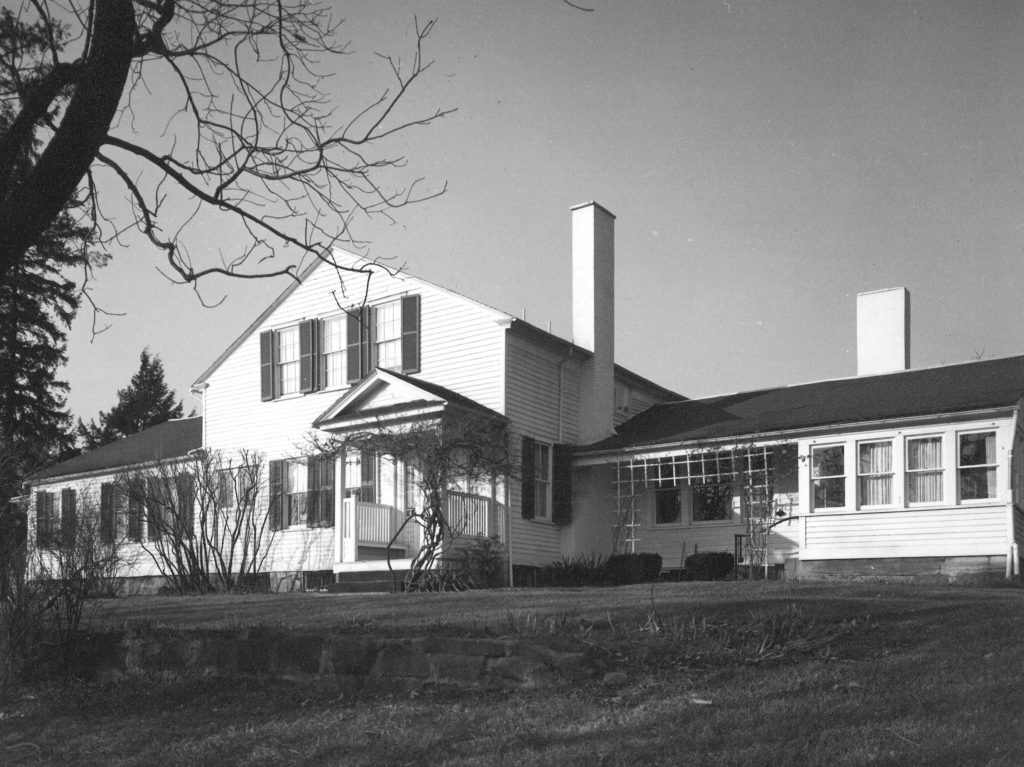
Spring Hill was passed down through the Wales family after Arvine passed away in the 1854. Son Arvine Chaffee Wales lived at Spring Hill with his family until his death in 1882. After Arvine Wales (III) built his home up the hill, the original Spring Hill home was occupied by Arvine C. Wales’s youngest son, Horatio, and his young bride Irene McLain.
In 1966 the Massillon Museum Foundation was formed to acquire the property. Irene McLain Wales helped purchase Spring Hill with a group of volunteers with a desire for the home and its history preserved. During her later years, Irene would give tours to school groups and scout troops.
Spring Hill has been a historic home since Irene McLain Wales’ death in 1973, and continues Irene’s legacy of sharing our history with the community and the world.
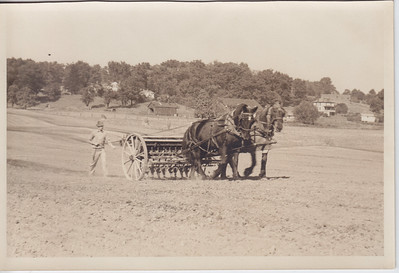
Spring Hill farm was settled by Thomas and Charity Rotch, a Quaker couple from New England. Upon the advice of Dr. Benjamin Rush of Philadelphia, they moved west to Ohio in 1811 to cure Charity’s spotted fever with a healthier climate. Before their home was built in the early 1820s, the couple lived in a log cabin on the 4,000-acre farm on which they raised merino sheep.
As Quakers and regular attendees of the Ohio Yearly Meetings of Quakers at Mount Pleasant, Thomas and Charity offered their farm as a safe haven for slaves escaping to freedom in the North. Charity mentioned this practice in her journal and an 1821 letter to her sister in the East. Slaves were harbored in the upper story of a springhouse and none were ever caught at Spring Hill – despite attempts by slave hunters. The Ohio Friends of Freedom Society and the National Park Service recognize Spring Hill as an Underground Railroad site.
After Thomas died in 1823 and Charity in 1824, the property transferred to their heirs. In 1830, Arvine Wales, shepherd and dear friend, purchased the Rotch home and 60 acres. Three generations of the Wales family lived at Spring Hill farm, the last being Horatio Wales and his wife, Irene McLain. Spring Hill became a public museum following Irene McLain Wales death in 1973.
More information
For more on the Rotch Family click here. For more on the Wales Family click here.
Collections & Archives
To view our archives, collections, and Historic Home photographs, click here.
Outbuildings
Carriage House/Garage
The current garage was built in 1920s and houses two carriages that belonged to local families. The previous carriage house had a room above it that often housed several hired farmhands.
Smokehouse
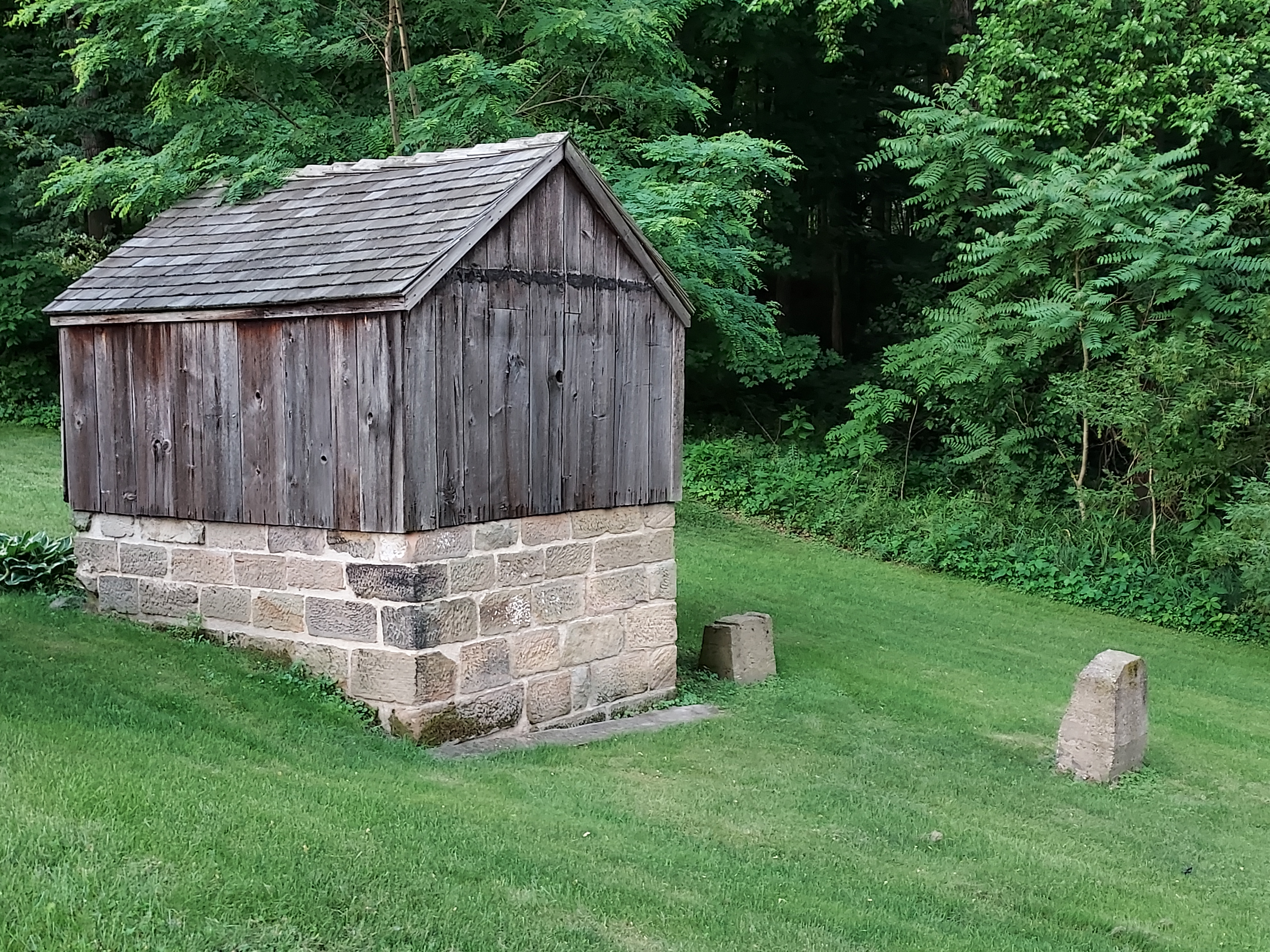
While there is no documentation on the age of this building, the foundation stones appear to be similar to those used in the house’s construction. Smoking was a way of preserving meat prior to refrigeration. After the meats, mostly hams, were smoked, they were hung in the ham closet in the main house off the second floor’s porch. This building was restored in 2011.
Dog Kennel
Horatio loved to hunt and had this kennel built with a couple of dog runs for his hunting dogs. He enjoyed hunting for ducks, foxes, and big game out West and also while in Ethiopia. It was moved here sans dog runs in the 1930s from the hill just northeast of the house. In 2009, Alex Myers restored the exterior of the kennel for his Eagle Scout project
Spring House
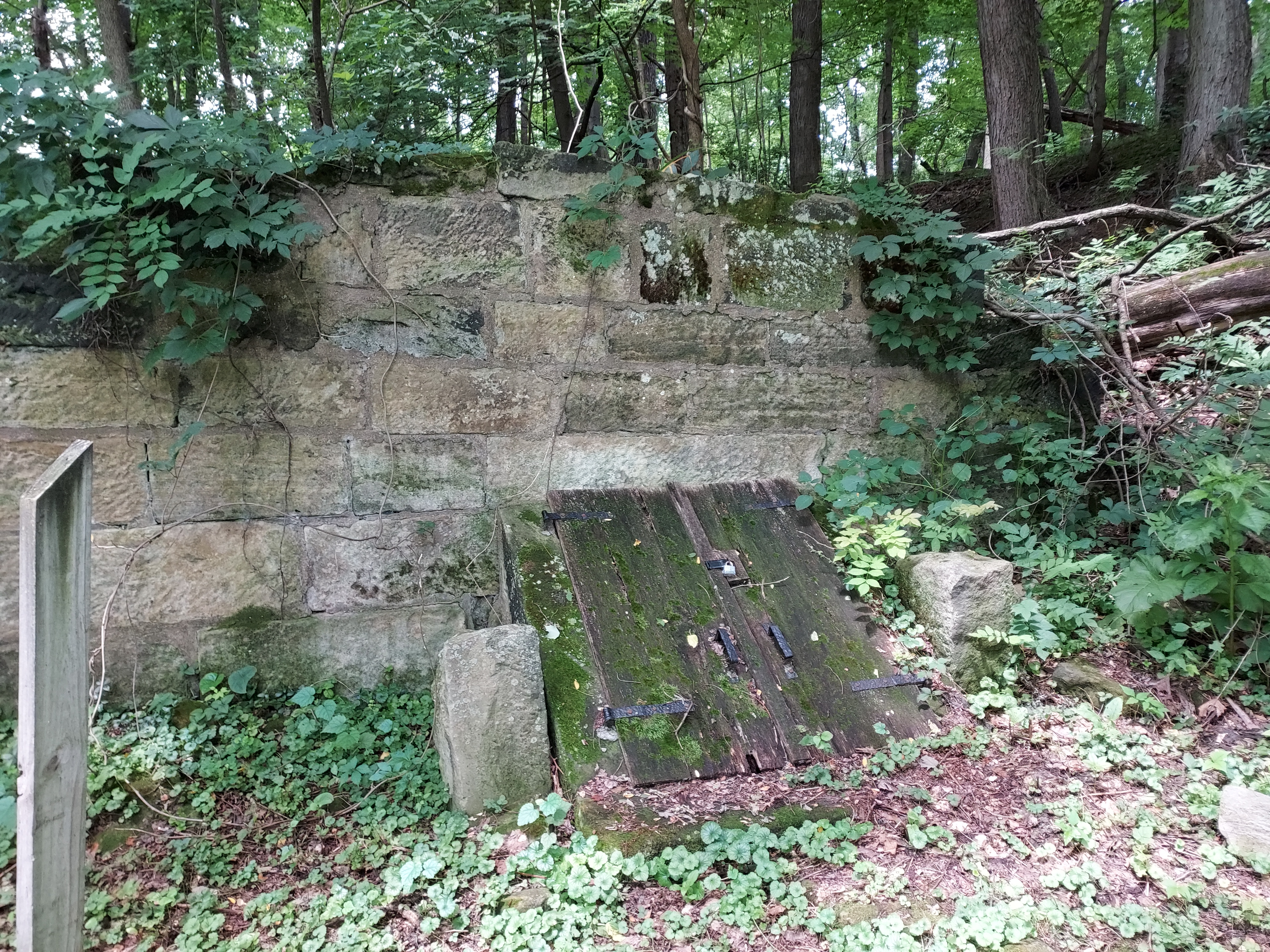
Built in the late 1850s, the stone was quarried on the property, most likely from the same hill it is built into. The spring house was later adapted to provide water via a pipeline down to the milk house.
Milk House
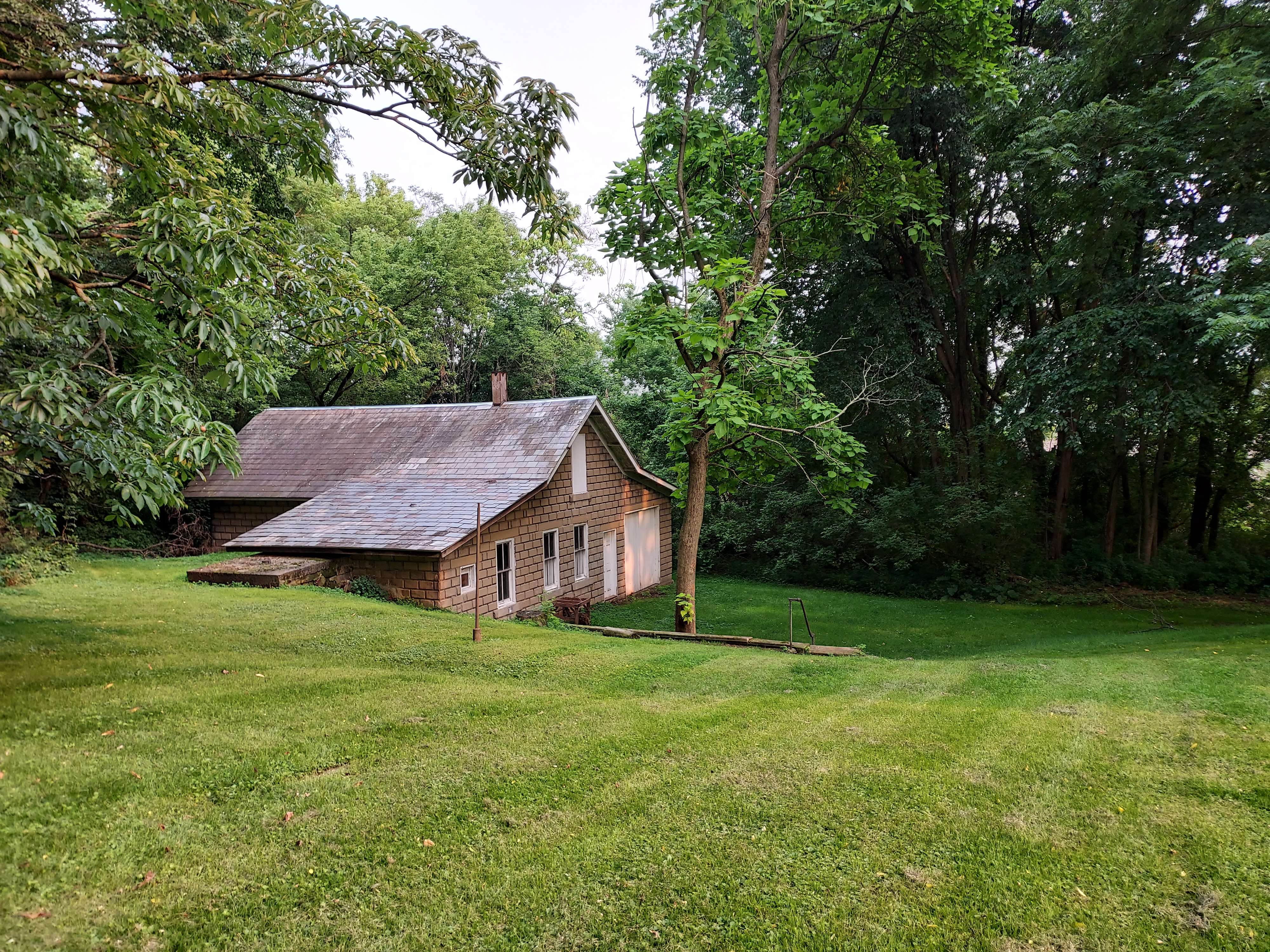
Built in 1903 at the commission of Arvine III, the milk house was once an essential part of the commercialized farm and was used for processing milk. After 1880, the major livestock focus switched from sheep to cows. Inside, milk and butter were kept cool by the water from the spring house. The cowbarn, which was torn down, was conveniently located across the street. It was also supplied with fresh water from the spring house.
Grain Barn
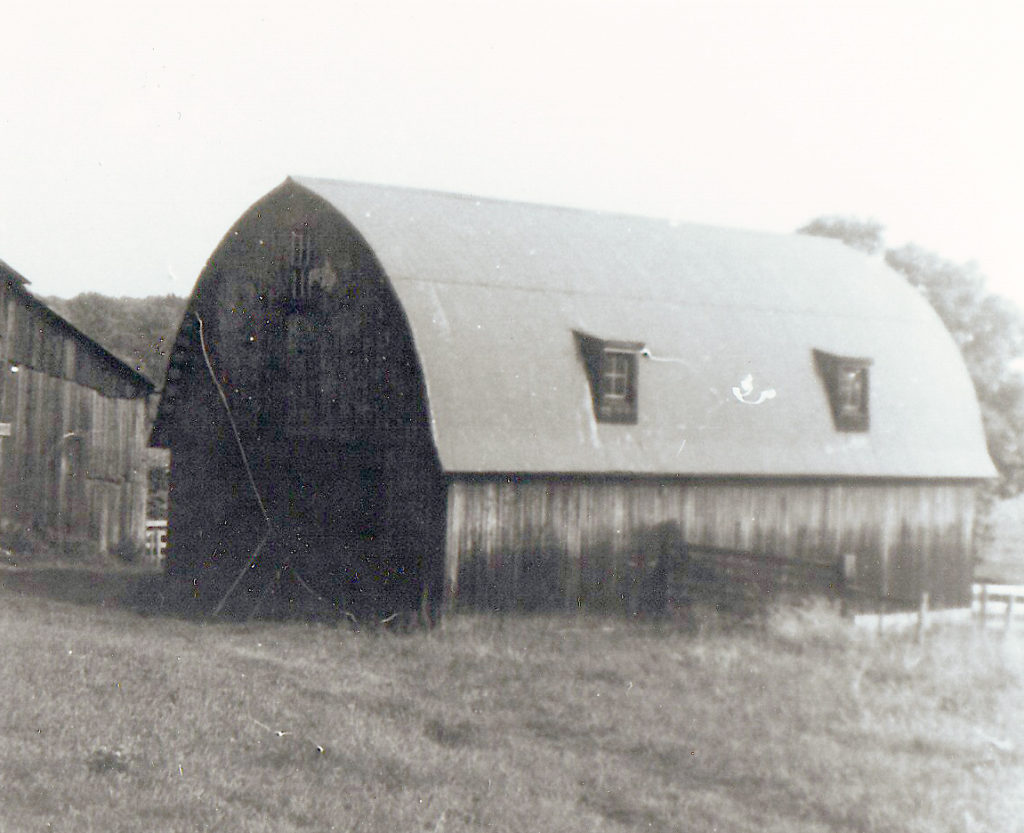
The grain barn was built prior to 1913, but an exact date is unknown at this time. It was a necessary addition to the farm in the 20th century after the Wales switch from sheep farming to diary farming. We are in the process of a full restoration of the structure to utilize for educational programming and events for all ages.
Wool house
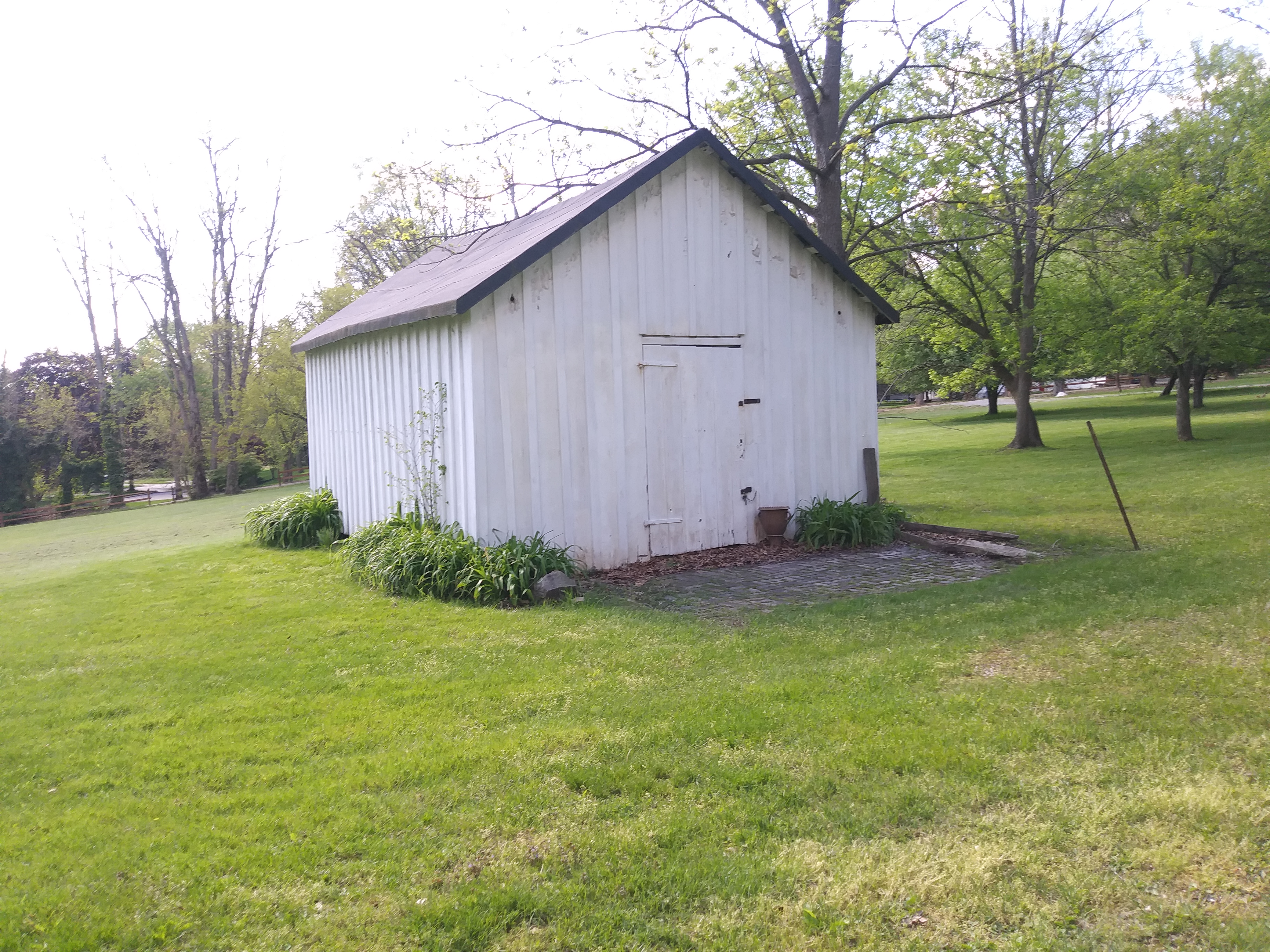
The purpose of this building was to store wool after the sheep were shorn before taking the product to the marketplace or to the mill. The age of the building is unknown. The Wales later used it to store furniture and other household objects that were removed from the house. The previous location of the building was southeast of the house (near the milk house). The original log cabin built for Thomas and Charity would have also been in this vicinity.
House atop the hill
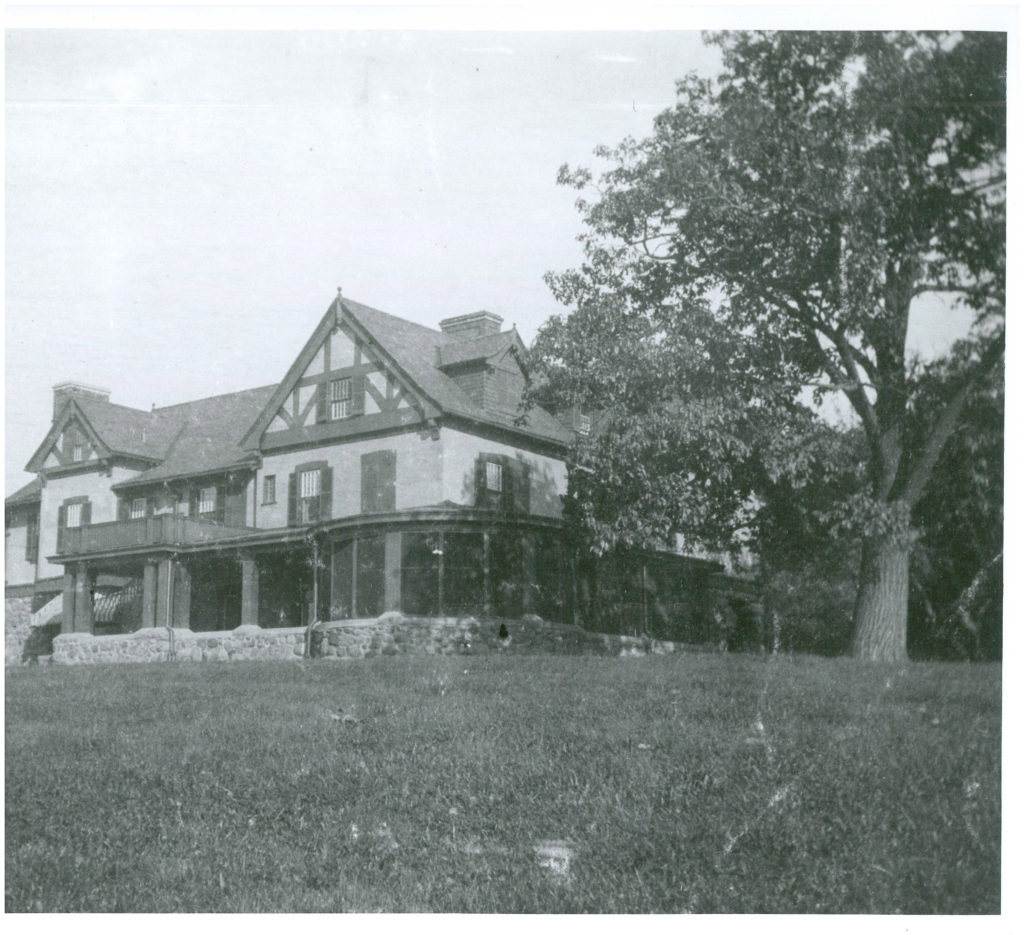
Initially, this was the site of Arvine III and Edna’s McClymonds Wales’ house. His mother, Eliza Wales, moved in with him and would rotate between his house and Helen Wales Skinner’s home in Europe (in France and Germany while Helen’s husband Robert Peet Skinner was US Consul General) until Eliza’s death in 1914.
The tower that some neighbors remember was a water storage tower. In 1923, that home burned to the ground. Irene Wales lost some of her silver she had stored there while on vacation. After the fire, Arvine III and his wife Edna moved to New York where their children were attending school. Their daughter, Elizabeth, built the current house.
Merino Sheep
Colonel David Humphreys served as minister to Spain from 1797-1802. During this time he became convinced that merino sheep would be of great benefit to the United States. He contracted for twenty-five rams and seventy-five ewes from one to two years old and these were shipped from Portugal April 10, 1802. In about fifty-one days, they landed at Derby Connecticut.
Thomas Rotch became interested in breeding merino sheep for their fine wool, and by 1811 had built up a flock of 400. When Thomas decided to leave Hartford, Connecticut, and make the move to Ohio, Arvine Wales left in September with six other men to drive the flock. The journey by foot took them two months. While crossing the mountains in Pennsylvania, , they had to improvise leather muzzles and hire three additional men to keep the sheep from eating poisonous mountain laurel. On the entire journey, they lost only about 10 sheep.
Thomas and Charity came west by carriage, leaving in October 1811, and met Arvine Wales at Steubenville in November. Half the flock was taken by Arvine to winter at Cross Creek near Steubenville, and Thomas and the other men proceeded to Sippo with the remainder of the flock. They built folds for the sheep and a small log cabin for themselves.
Thomas Rotch introduced merino sheep into Stark County, and did more to improve the breed than any other person. By the 1820s, this became the greatest merino sheep-raising district in the U.S. The wool was used in the Rotch woolen mill on the edge of Sippo Creek in the town of Kendal (the Woolen Mill still stands in Reservoir Park). Sheep were not raised in abundance at Spring Hill after 1880.
Thomas Rotch of Spring Hill Seal
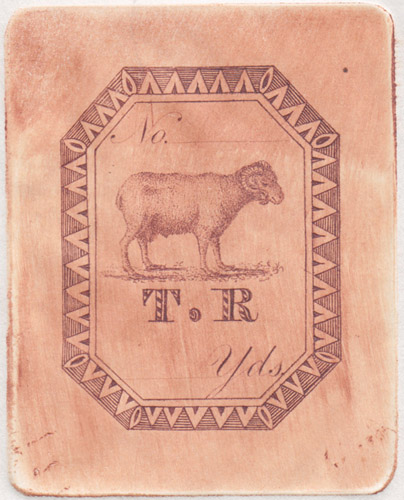
Pictured is an enlarged drawing of the seal of Thomas Rotch, copied from a sealing wax impression at Spring Hill. The fish is the roach, and is further proof of the pronunciation of the name. In the collection of Rotch-Wales papers the name is spelled “Roach,” “Roache,” “Roatch,” and “Roche” and later changed to Rotch. The name was always pronounced Roach in Massillon until the Charity School of Kendal land was sold and the allotment developed in 1926. Today, in New Bedford and Nantucket, Massachusetts, where the family was prominent in all business connected with whaling, the name is Roach.